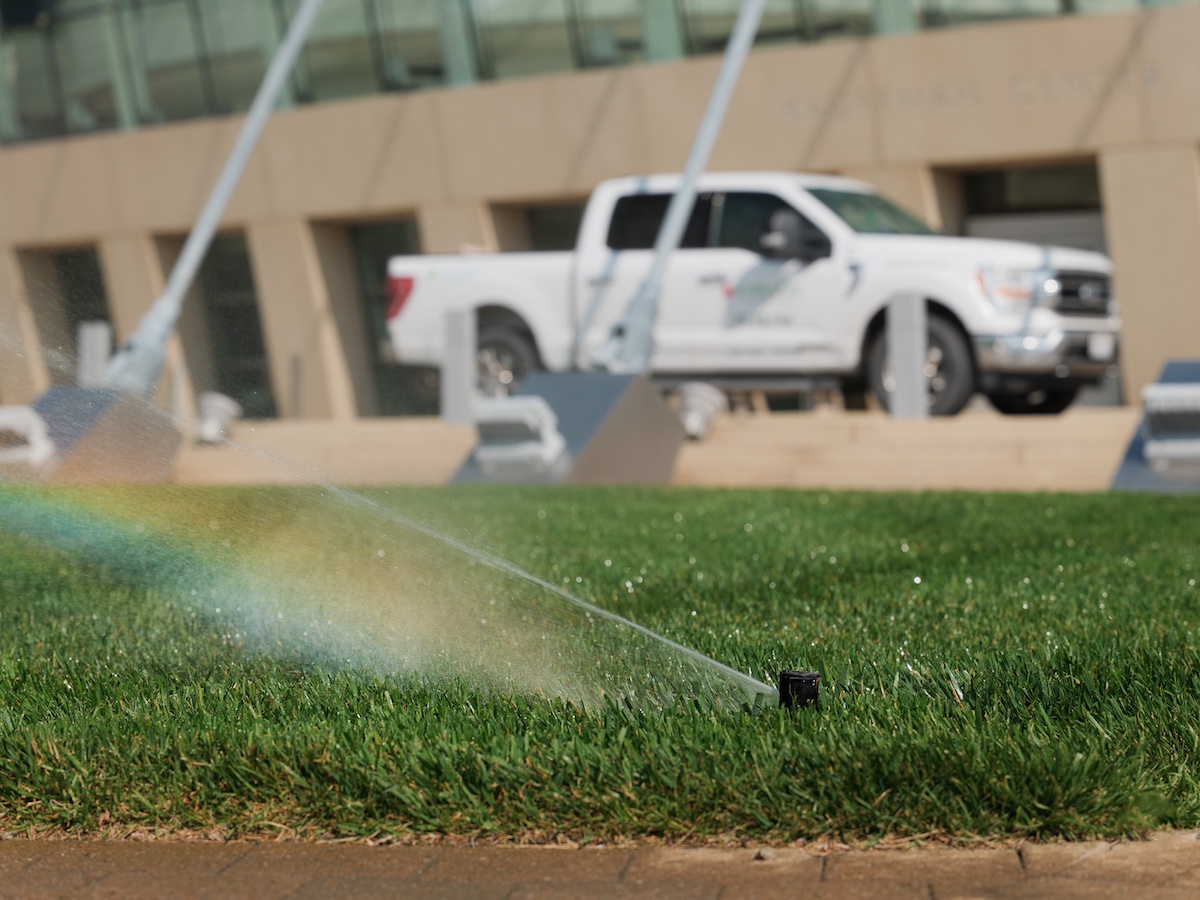Insights & Inspiration from Kansas City’s Landscaping Experts
Welcome to the Embassy Landscape Group blog—your go-to resource for all things outdoor design, sustainable landscaping, and expert lawn care.
Whether you manage a commercial property or want to elevate your residential landscape, we share practical tips, design trends, seasonal advice, and behind-the-scenes stories from one of the top landscaping companies in Kansas City.
Topics we cover include:
- Commercial & residential landscape design
- Estate and property management
- Sustainable landscaping solutions
- Water management & smart irrigation
- Seasonal plantings, snow prep, and more

I was out working in the yard the other day when one of the neighbors from down the street stopped by to chat. The conversation quickly turned into some mild grousing by my neighbor about having to deal with “all these blasted trees and the mess they leave on the lawn.” Since our houses are built […]
read the post

I witnessed a vicious assault today. My resident male hummingbird launched a full frontal attack on two females that are frequent visitors. Usually he simply asserts his dominance, then flies off and lets them eat. Today was different. Today he stood guard over the feeder, mercilessly chasing them until, utterly exhausted, they left. As heartless […]
read the post

I have spent the last few weeks immersed in trees. I have read about them, talked about them, watched videos about them and even just stood and looked at them. After all that, I feel like I now know just how little I REALLY know about trees —- especially which ones are great residential options. […]
read the post

Kansas City’s climate is unique—our hot summers, chilly winters, and unpredictable storms mean landscaping requires year-round care. Here’s your seasonal checklist to keep properties looking their best in every season. Contact Embassy Landscape Group to create a plan tailored to your property. Spring Landscaping Checklist Spring is the time to set the tone for the […]
read the post

A thoughtful landscape design does more than beautify—it adds measurable value to homes, businesses, and communities. Whether you’re planning to sell, attract tenants, or simply enjoy your outdoor spaces more, the right enhancements can make all the difference. Contact Embassy Landscape Group to discover which upgrades will work best for your property. Enhancements That Make […]
read the post

The first impression your property makes is often through its landscape. For businesses, HOAs, and commercial developments in Kansas City, a well-maintained landscape isn’t just about curb appeal—it’s about tenant satisfaction, client confidence, and protecting long-term property value. Partner with Embassy Landscape Group to ensure your property always makes the right impression. What Is Commercial […]
read the post
©2006-2025 EMBASSY LANDSCAPE GROUP, INC.
Terms of Use | Privacy Policy | Accessibility | Site Credit